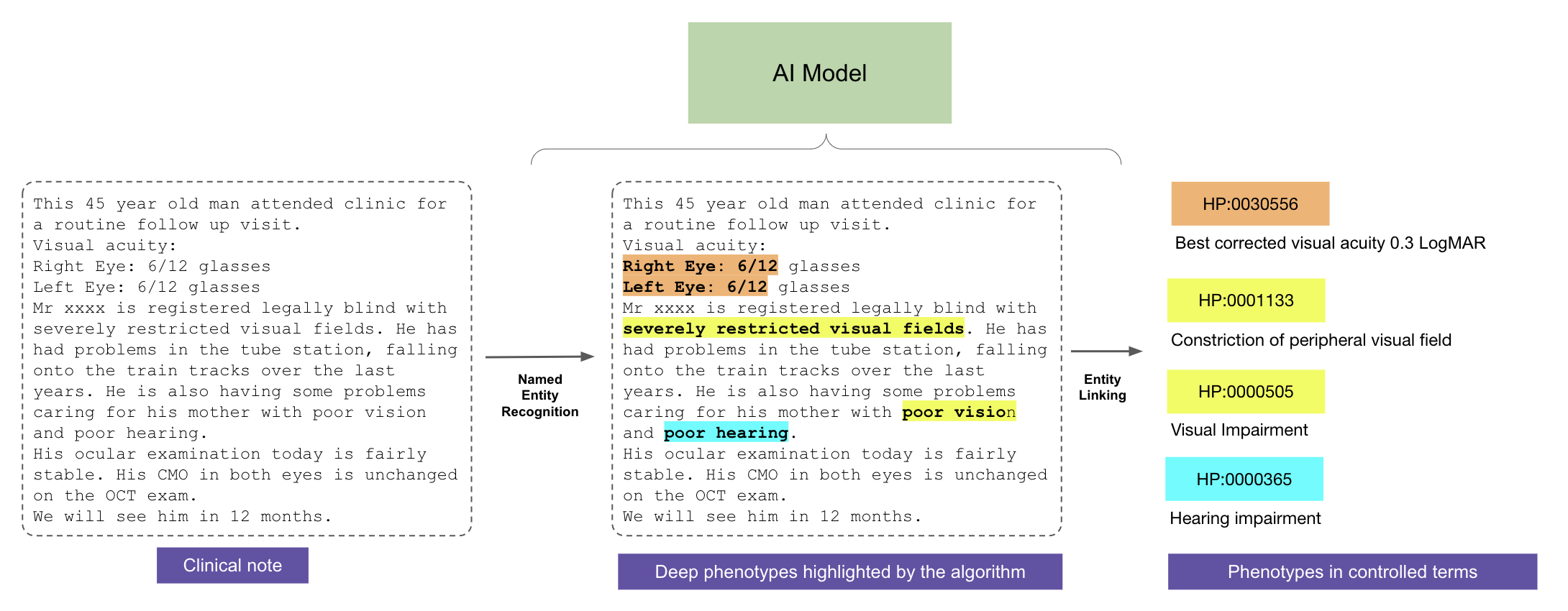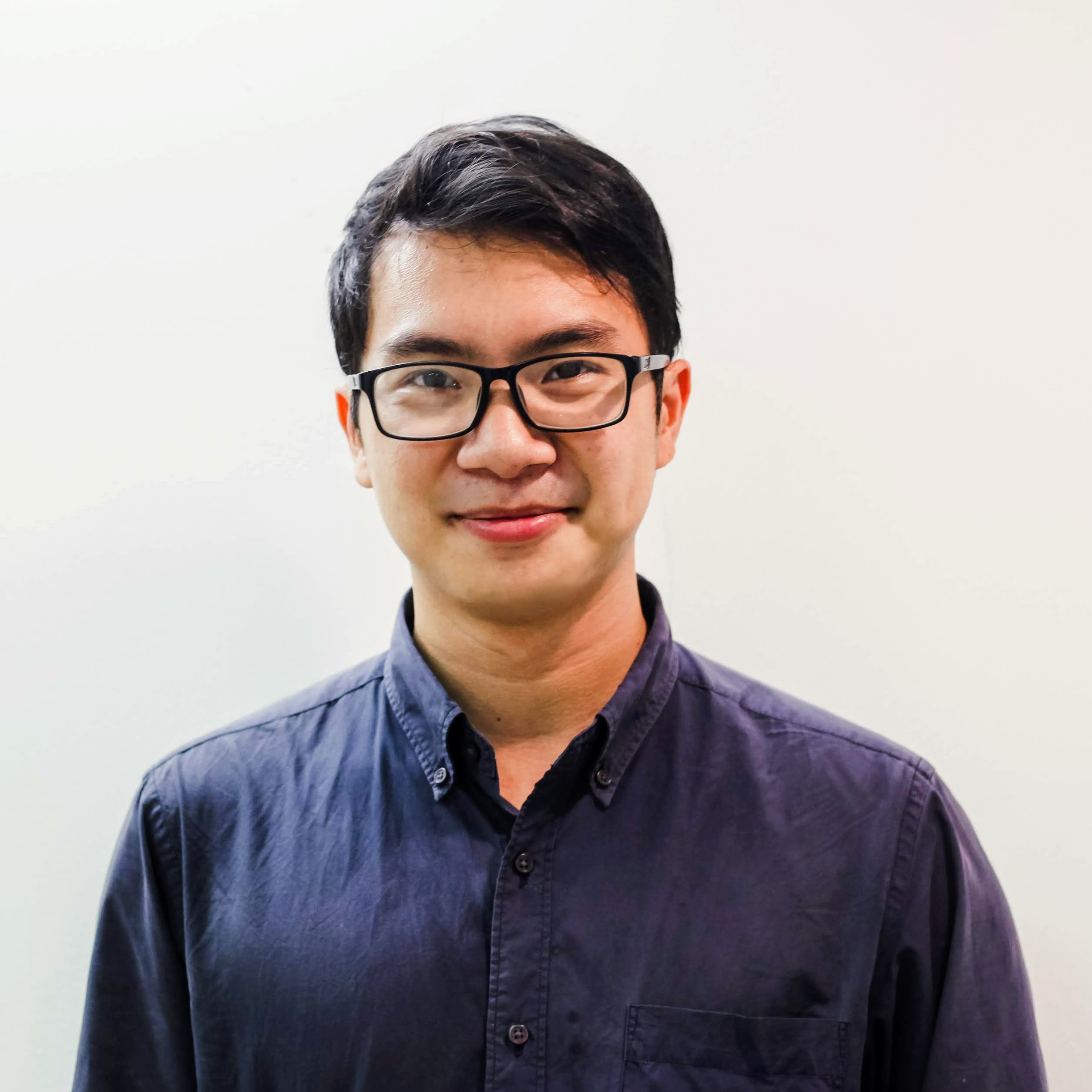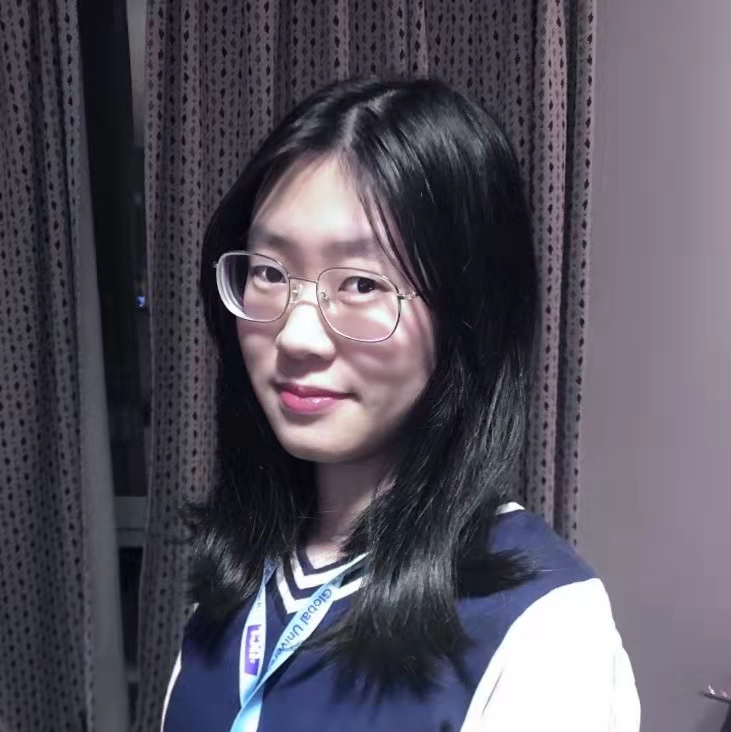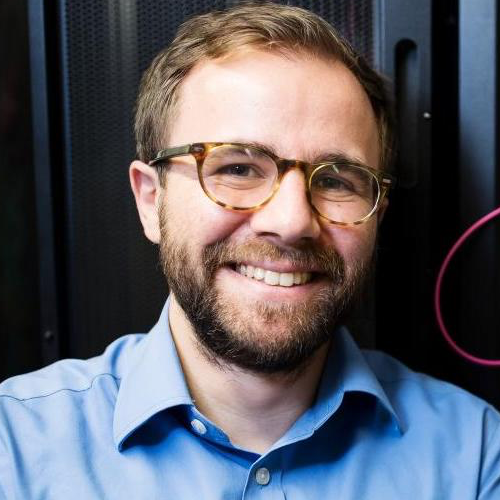EyeNote
Extracting genetic information from clinical notes
Recent developments in AI have allowed detecting genes that cause inherited eye disease using image from retina. However, diagnosising IRD is a complex and arduous process that required well-trained specialist to go through data from myriad sources in order to come up with a reliable conclusion. Many of the clues lie outside imaging modalities like signs, symptoms, risk factors, and family history. These information, alternatively, can be automatedly captured in clinical notes by a natural language processing pipeline. It is also the aim of this project.

Some applications
Using the latest advancements in the field of language AI, we build tools able to make sense of free-text clinical notes stored in EHRs computationally, opening a whole new spectrum of opportunities in ophthalmology:
- Personalised screening and care (e.g. haematological follow-up tests for retinal vein occlusion)
- Precision medicine by automating phenotyping to determine eligibility for novel treatment (e.g gene therapy)
- treatment response auditing (e.g response to anti-VEGF in AMD or antibiotics in keratitis)



